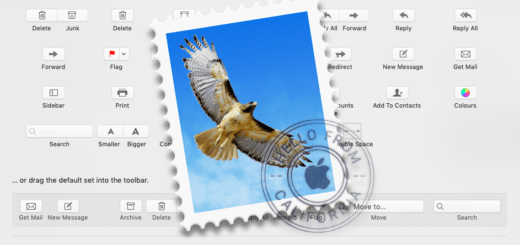How to think about Mastodon as you retreat from Twitter

Sometimes you just got to be yourself
Someone on a social network this week joked that with their bosses attention distracted, Tesla staff are probably happier and more productive than ever before. I don’t know if that’s true, but I do know that last time I looked, there were 14,000 new people signing up for federated social network, Mastodon, per hour.
As I see it, this is only the beginning of a wave of sign-ups as all the good people (and bad people) on Twitter seek safe harbour to continue the global conversation. I’ve been dabbling in Mastodon for a few days, and here are three things to think about as the worker birds flee Musk’s ‘hardcore’ aviary.
Mastodon is not Twitter
Like the internet, it’s federated, which means there are hundreds of servers each of which hosts a Mastodon community, which is called an “instance”. These servers have developed over time and are equipped to meet the needs of what was until very recently a small peg in social media’s round hole.
As new members join the server, those servers will be stretched, so things will slow down – expect this, it’s inevitable.
It is also likely some servers will struggle with the cost, so whichever server you do choose to use it makes sense to find out who administrates that instance and keep an eye for any help or funding requests.
Mastodon doesn’t take ads, is completely independent, and cannot be purchased by some impulsive billionaire with what the audiences, employees, and markets are rapidly showing to be dumb ideas. To get you mindset started, you can contribute to the Mastodon development here.
Celebrate the differences
Mastodon posts are not algorithmically boosted, getting likes only shows support and won’t make what you write more visible, and the timeline moves fast once it gets going so posts quite swiftly disappear.
You’ll want to maintain and curate your communities, and this is by design.
Mastodon was never meant to be Twitter, it’s meant to be Mastodon, and has been deliberately engineered to ensure some of the world’s most marginalized or threatened voices can avoid getting doxxed by some of the total wankers we know exist online.
Fill in your profile, find your friends, and follow #mastodontips to pick up hints and tips as you move forward.
Use Hashtags
The latest version of Mastodon lets you follow specific hashtags, and while this isn’t available in the mobile clients yet, it probably will be eventually.
What this means is that if your favorite topics are #whyiskeirstarmerrubbish or #whydobillionairesallthinktheyarestevejobs or #apple, then you’ll be able to keep an eye on all those posts.
Again, the primary point here is that Mastodon is built more to support communities than most social media has been, and while the philosophical significance of this hasn’t quite sunk into me (yet), there are features built in that you’re going to enjoy.
Including editable posts.
Now read these
Here are four sources of ideas that have helped me get to understand the service better over the last week.
- 10 Quick Mastodon tips: An extensive set of hints and tips to help you get started by Per Axbom (Mast: @[email protected]).
- 4 Twitter features Mastodon is better for not having. An introduction to the concepts around how the community works in contrast to Twitter.
- Follow #Mastodontips – just search for it using the search bar on your instance.
- And do bookmark and explore https://fedi.tips/, an approachable guide to the service that I’ve been getting a lot from.
Please follow me on Mastodon, you’ll find me at @[email protected]




